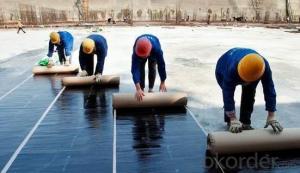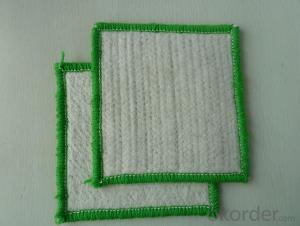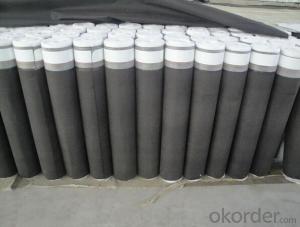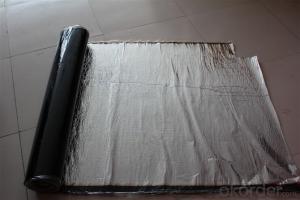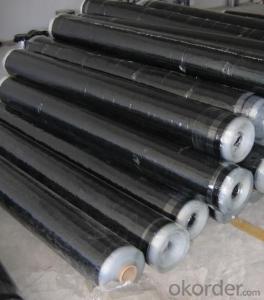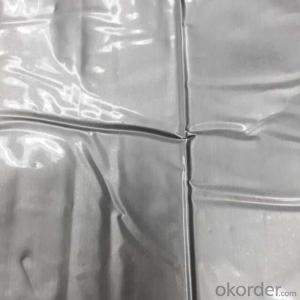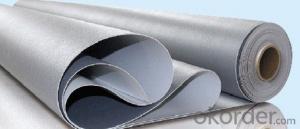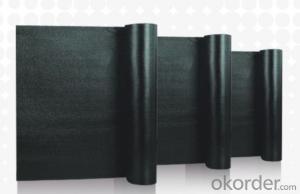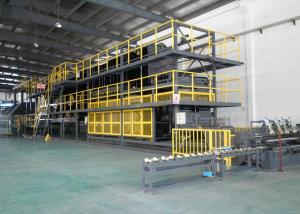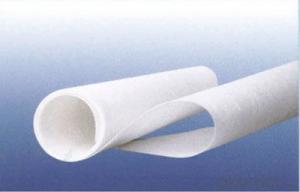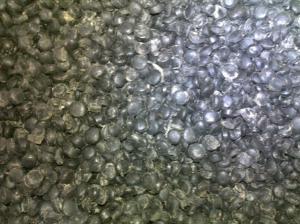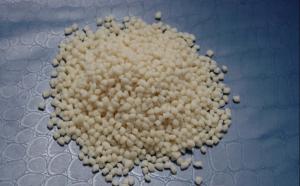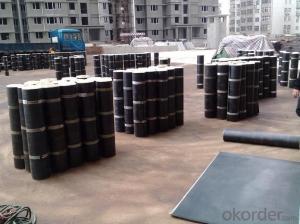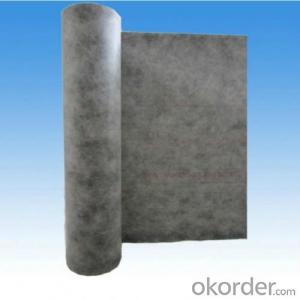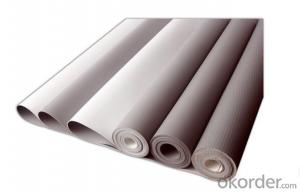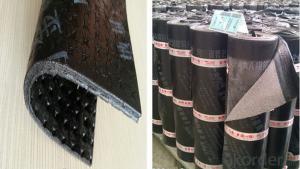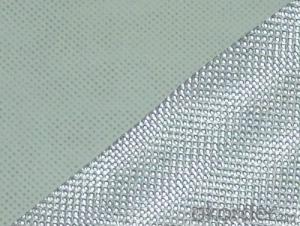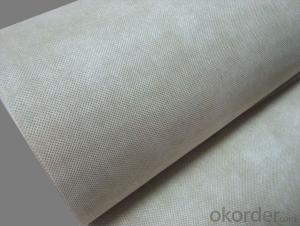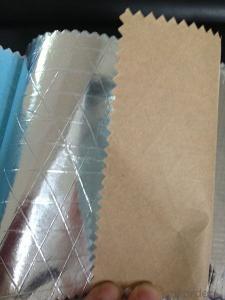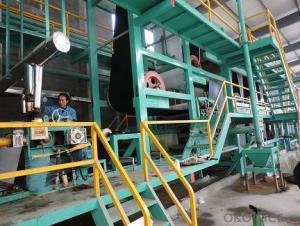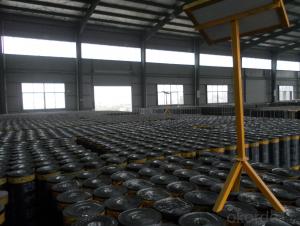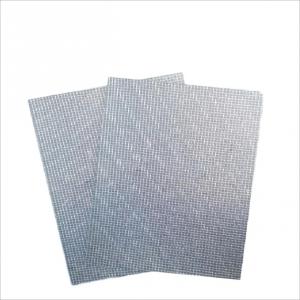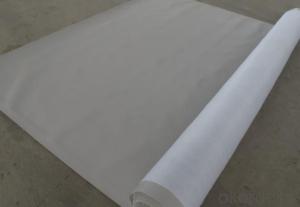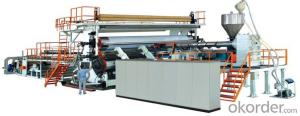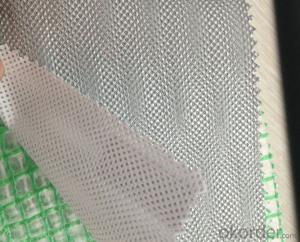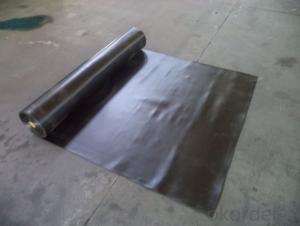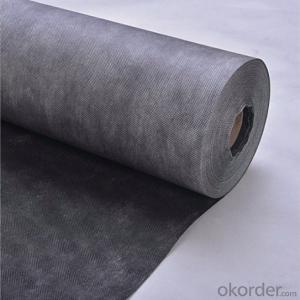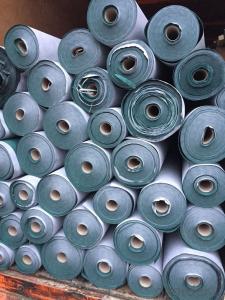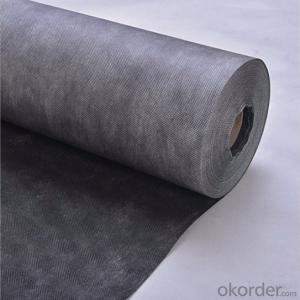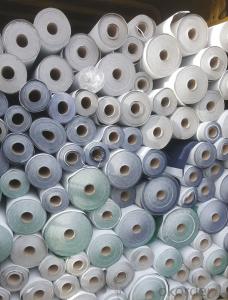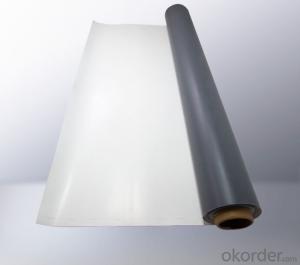Bentonite Waterproofing Membrane
Bentonite Waterproofing Membrane Related Searches
Geomembrane Waterproofing Paintable Waterproof Membrane Waterproof Geomembrane Mapei Waterproofing Membrane Concrete Foundation Waterproofing Membrane Redgard Waterproofing Membrane Bitumen Roofing Membrane Red Guard Waterproofing Membrane Waterproof Membrane For Decks Waterproofing Membrane Philippines Waterproofing Geomembrane Liner Damp Proof Membrane Residential Waterproofing Waterproof Material Waterproof Thermal Blanket Commercial Waterproofing Waterproofing Wet Areas Plastomeric Waterproofing Materials Material Waterproofing Spray Permeable Geomembrane Bitumen Geomembrane Waterproofing Homes Liquid Rubber Membrane Waterproofing Inspection Waterproof Seal Waterproof Sealer Waterproof Paint Geocomposite Membrane Impermeable Geomembranes Geomembrane ImpermeableBentonite Waterproofing Membrane Supplier & Manufacturer from China
Bentonite Waterproofing Membrane is a type of clay-based material that is widely used for waterproofing applications in construction projects. It is composed of sodium bentonite, a naturally occurring clay that has the ability to swell when it comes into contact with water, creating a waterproof barrier. This unique property makes it an effective solution for various waterproofing needs, such as in the construction of dams, canals, and landfills.The Bentonite Waterproofing Membrane is applied in different scenarios, including civil engineering projects, where it is used to prevent water leakage and protect structures from water damage. It is also utilized in the construction of tunnels, subways, and other underground facilities, where water seepage can cause significant structural issues. Additionally, it is employed in landscaping and gardening to retain moisture and prevent soil erosion.
Okorder.com is a reputable wholesale supplier of Bentonite Waterproofing Membrane, offering a vast inventory of this essential product. They cater to a diverse range of customers, from construction companies to individual contractors, ensuring that the demand for high-quality waterproofing solutions is met. With their extensive stock and commitment to customer satisfaction, Okorder.com stands as a reliable source for Bentonite Waterproofing Membrane needs.
Hot Products
